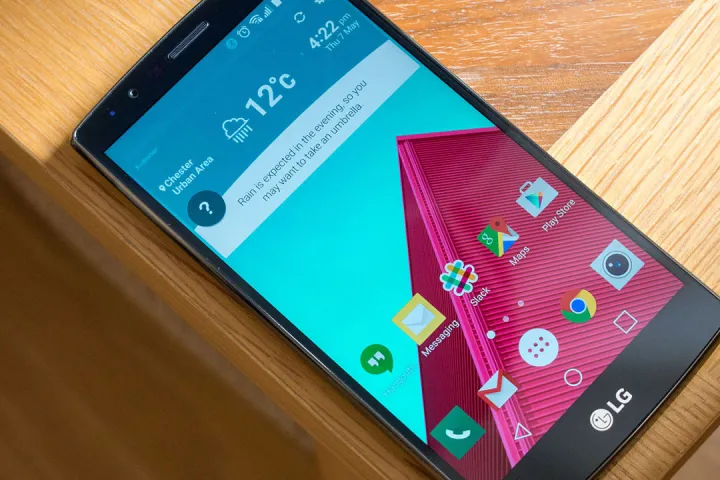As an industry analyst covering all things related to network connectivity, I have a unique perspective given the time I spend with enterprise networking infrastructure companies, operators, and service providers. Each makes an argument for why a Wi-Fi 6 or 5G solution is best-suited for deployment given application, use case, or workflow.
Lately, some wireless carriers claim that next-generation 5G deployments will render Wi-Fi obsolete. It is an understandable claim to make given the billions of dollars that AT&T, T-Mobile, and Verizon are investing in deploying both fixed and mobile 5G networks. However, I will dive deeper into the underlying technologies behind both 5G and Wi-Fi 6 to analyze each and determine if a true winner can be crowned.
Three consideration vectors
In my analysis of 5G and Wi-Fi 6, my key takeaway is that it comes down to three vectors: Economics, propagation, and scale. Let us examine each.
From an economics perspective, 4G LTE and 5G (which I will collectively refer to as mobile broadband) are inherently more expensive to integrate from a chipset and software perspective into devices relative to Wi-Fi 6 (although companies such as Marvell and Qualcomm are bridging that silicon gap). Furthermore, the licensed spectrum aspect of mobile broadband typically equates to a monthly charge per device. However, private cellular networks are gaining momentum and will likely grow with the OnGo/CBRS initiative. I wrote an article about private cellular networking for reference.
5G and Wi-Fi 6 are not in a grudge match -- they're complementary.
Propagation is a second consideration. Today, mobile broadband has significant challenges in traveling through walls and objects versus Wi-Fi 6. Many companies such as JMA Wireless, Airspan Networks, and others are attempting to solve this challenge, but the effort is still nascent. However, with optimal midband licensed spectrum assets, 5G can be a compelling machine-to-machine connectivity option for factory and process automation use cases in more open industrial spaces. On the other hand, Wi-Fi, with its access point and router install base density, provides excellent propagation and performance for most traditional campus environments.
Finally, there's scale. Wi-Fi enjoys a significant install base footprint in organizations large and small, and Wi-Fi 6 delivers improvements in performance, latency, power consumption, and device density over prior generations. On the other hand, 5G has traditionally been used for redundancy in mission-critical operations. Still, its adoption is growing significantly in light of private cellular networking and the momentum behind Open RAN that can dramatically reduce capital expenditures on infrastructure deployment.
IT vs. OT environments
Another factor to consider in evaluating 5G and Wi-Fi 6 is the actual deployment area within the enterprise. For a quick explanation, IT typically refers to the computer hardware and software in the traditional office environment, while OT monitors and controls manufacturing, industrial assets, and processes. In my opinion, Wi-Fi 6 will continue to enjoy widespread deployment in IT, given its install base. In contrast, OT, or “non-carpeted” areas of enterprises, have traditionally lacked connectivity or employ a mishmash of solutions that are often proprietary and difficult to manage. Consequently, 5G is poised to bring a compelling connectivity option to OT environments.
Wrapping Up
From my perspective, 5G and Wi-Fi 6 are not in a grudge match. Instead, use cases and economics will drive a blend of both connectivity options. There's no doubt that 5G is a game-changer given its ultralow latency, and it will birth a new set of applications in manufacturing, health care, smart cities, and automotive, among others. However, Wi-Fi 6 will also continue to evolve and provide a highly scalable, cost-effective connectivity solution for knowledge workers within a campus environment. Bottom line, 5G and Wi-Fi 6 are better together!



